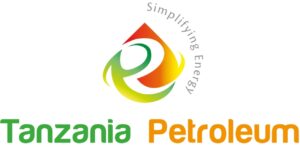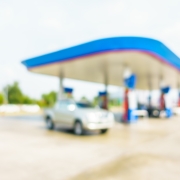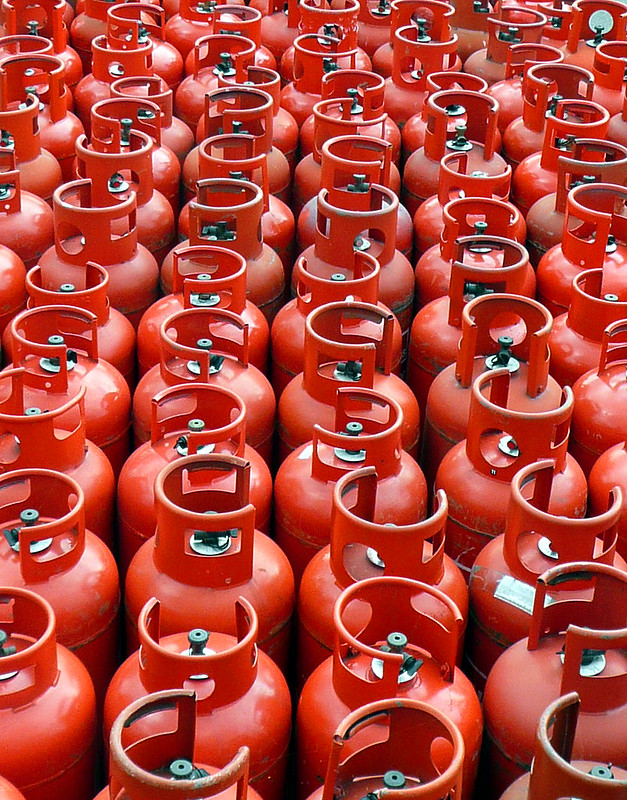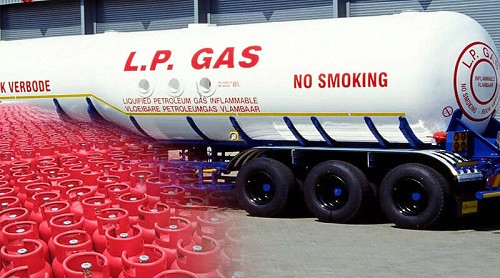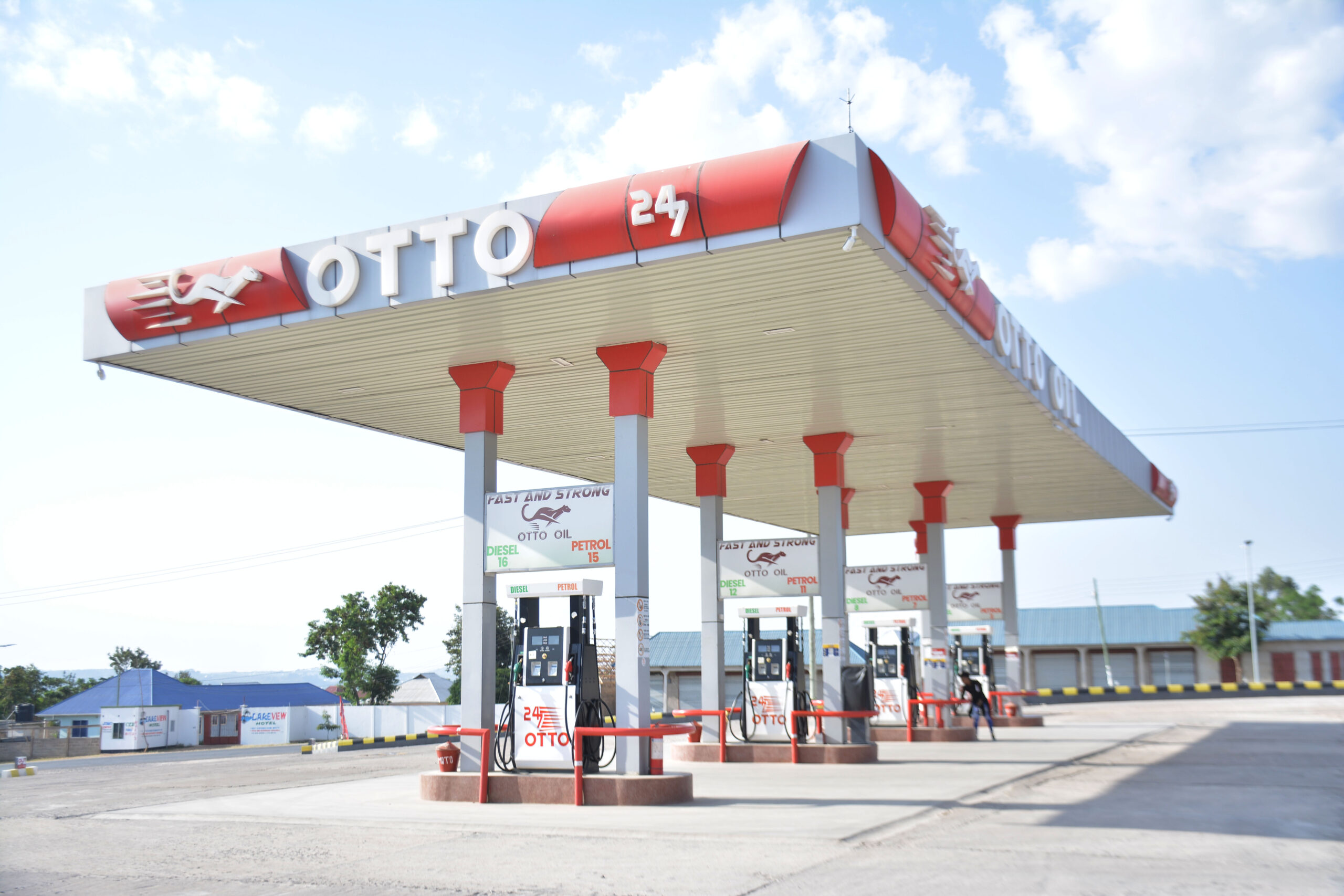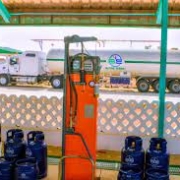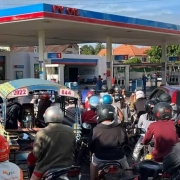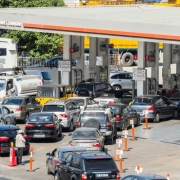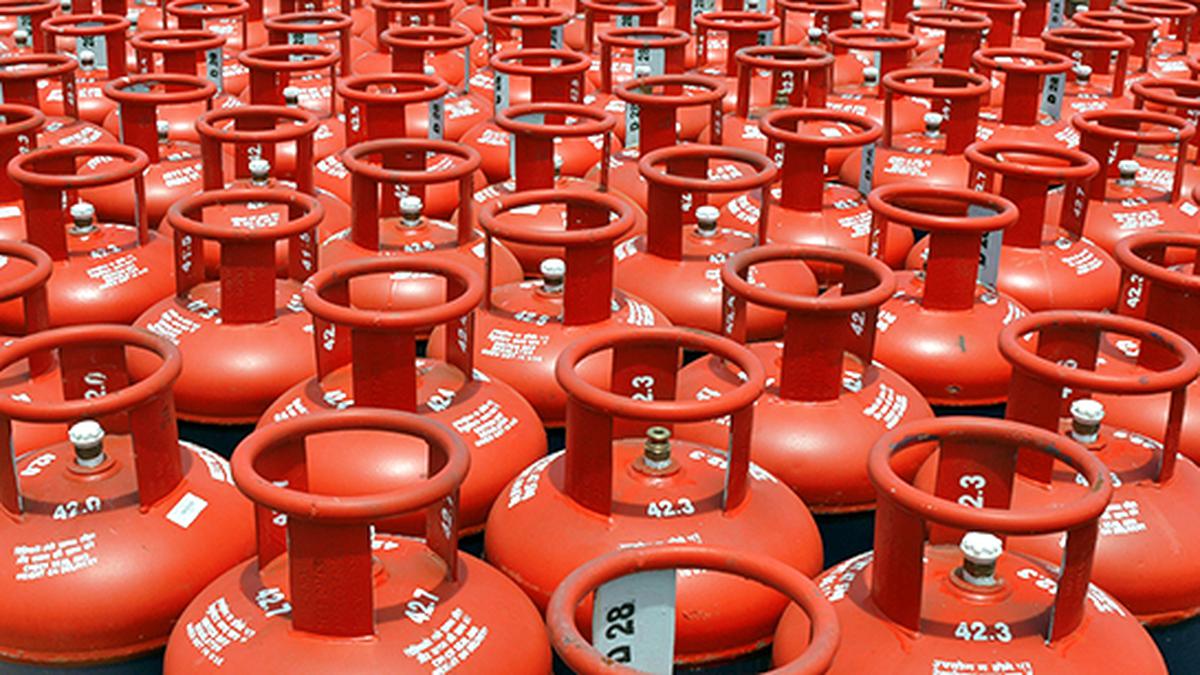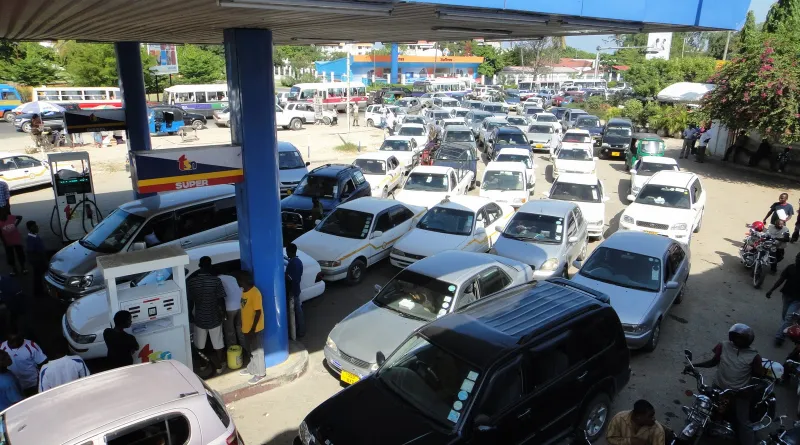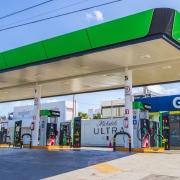Fuel for Thought: Projecting Your Petrol Station’s Profits
Revenue forecasting for your petrol station is like mapping out a road trip – you need to know where you’re headed and how to get there profitably.
First, analyze the traffic patterns and competition in your area to gauge demand and pricing. Then, crunch the numbers on estimated fuel sales, factoring in seasonal fluctuations and trends.
Don’t forget to include revenue from snacks, drinks, and other convenience items in your forecast.
On the expense side, calculate operational costs like rent, utilities, payroll, and maintenance. Subtract expenses from projected sales to reveal your potential profit margins.
Finally, stay flexible and be prepared to reroute if market conditions change. With a solid revenue forecast as your road map, you’ll be fueled for success!
Understanding the Art of Revenue Forecasting for Your Petrol Station
Predicting the future revenue of your petrol station business is like peering into a crystal ball – it’s an art that combines careful analysis, intuition, and a sprinkle of good old-fashioned luck.
Similar to how meteorologists forecast the weather, revenue forecasting involves making informed financial projections to help you plan and make savvy decisions for your business. It’s a critical exercise that can mean the difference between smooth sailing and stormy seas.
The Importance of Revenue Forecasting for Petrol Station Success
Forecasting revenue is absolutely crucial for starting and running a successful petrol station business. It’s not just a fancy exercise – it allows you to anticipate potential challenges and prepare for them accordingly.
With an accurate revenue forecast, you’ll be equipped to make strategic decisions that can propel your petrol station toward long-term profitability.
Rather than operating blindly, revenue forecasting shines a light on the path ahead, enabling you to navigate the twists and turns of the industry with confidence.
Without this vital tool in your arsenal, your petrol station venture would be akin to embarking on a perilous journey without a map or compass. Don’t leave the fate of your business to chance – embrace revenue forecasting as the key to unlocking a future of sustainable growth and prosperity.
Analyzing Your Market: A Crucial Step for Petrol Station Success
Knowing your customers like the back of your hand is the key to unlocking serious profits in the petrol station game.
Before you even think about cracking open that first gas pump, you need to dig deep and understand the folks who’ll be fueling up at your place. What makes them tick? What gets their engines revving? Once you’ve got a bead on their buying habits and fuel preferences, you’ll be sitting pretty. But don’t stop there – scope out the competition too.
Take a good hard look at those other petrol stations in your neck of the woods and see what they’re offering in terms of pricing and products. With that competitive intel under your belt, you’ll be primed to outmaneuver them and rake in the dough.
Estimating Your Petrol Station Sales and Revenue
When forecasting revenue for your petrol station, it’s crucial to estimate your sales accurately. Start by projecting your daily, weekly, and monthly fuel sales based on market analysis and your understanding of the local demand. Don’t forget to include revenue from other products like snacks, drinks, and automotive accessories – those little extras can really add up! Use data from similar businesses in the area and factor in variables like location, competition, and pricing. With diligent market research and sales projections, you’ll have a solid foundation for your revenue forecast.
Projecting Profitability: The Crux of Your Petrol Station Planning
Considering your expenses is the backbone of accurate revenue forecasting for your petrol station venture. First and foremost, factor in your fixed costs – the unavoidable outlays that remain constant regardless of sales volume.
This includes rent or mortgage payments for your premises, utility bills to keep the lights on and the pumps flowing, and the wages for your essential staff members. Nail down these recurring expenditures to the last penny.
Next, estimate your variable costs based on projected sales figures. Fuel inventory, supplies, maintenance, and additional staffing during peak hours all fluctuate with customer demand. Meticulously calculate these fluid expenses to paint a realistic picture.
Finally, subtract your projected total expenses from your estimated revenue stream to unveil the holy grail – your forecasted profit margin. This critical figure will steer your business decisions and gauge the viability of your petrol station dreams.
Revenue Forecasts are Flexible Paths, Not Rigid Rules
Your revenue forecast is like a mountain trail map – it gives you a clear path to follow, but with enough flexibility to adjust your course as needed. Just as expert hikers remain vigilant for changing weather or obstacles on the trail, savvy business owners keep a close eye on their actual sales and expenses. Don’t get so locked into your forecast that you lose sight of reality.
Instead, treat it as a flexible guide that you can tweak and refine along the way. By regularly monitoring the real-world data coming in, you can nimbly adapt your projections to reflect new circumstances or opportunities. After all, even the most meticulously planned route sometimes needs the occasional detour!
Petrol Station Revenue Forecasting: The Key to Maximizing Profits
Accurate revenue forecasting is the cornerstone of a thriving petrol station business. It’s not just a nice-to-have, but an essential tool that can make or break your success. By thoroughly understanding your potential earnings, you can make informed decisions, plan for the future, and ultimately maximize your profits.
Revenue forecasting empowers you to navigate the competitive world of fuel retail with confidence, ensuring you always stay ahead of the game.
From estimating your daily sales to factoring in expenses, a comprehensive revenue forecast is your roadmap to a prosperous petrol station enterprise. Don’t leave your business’s future to chance – embrace the power of revenue forecasting and watch your profits soar.
